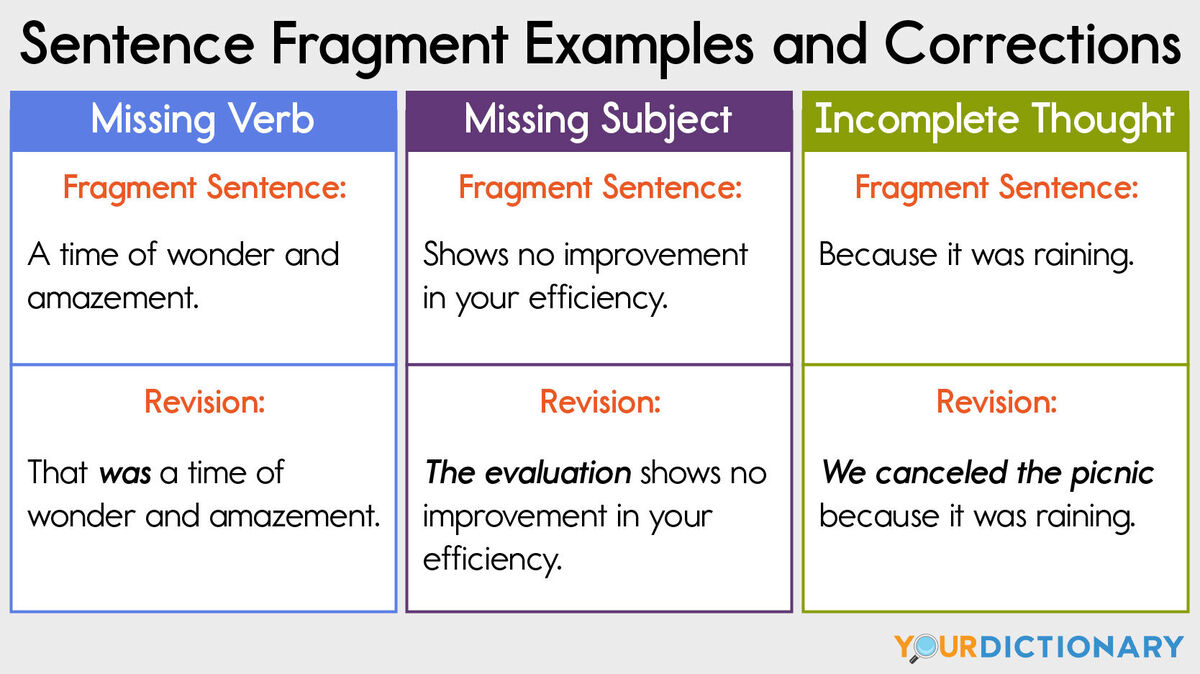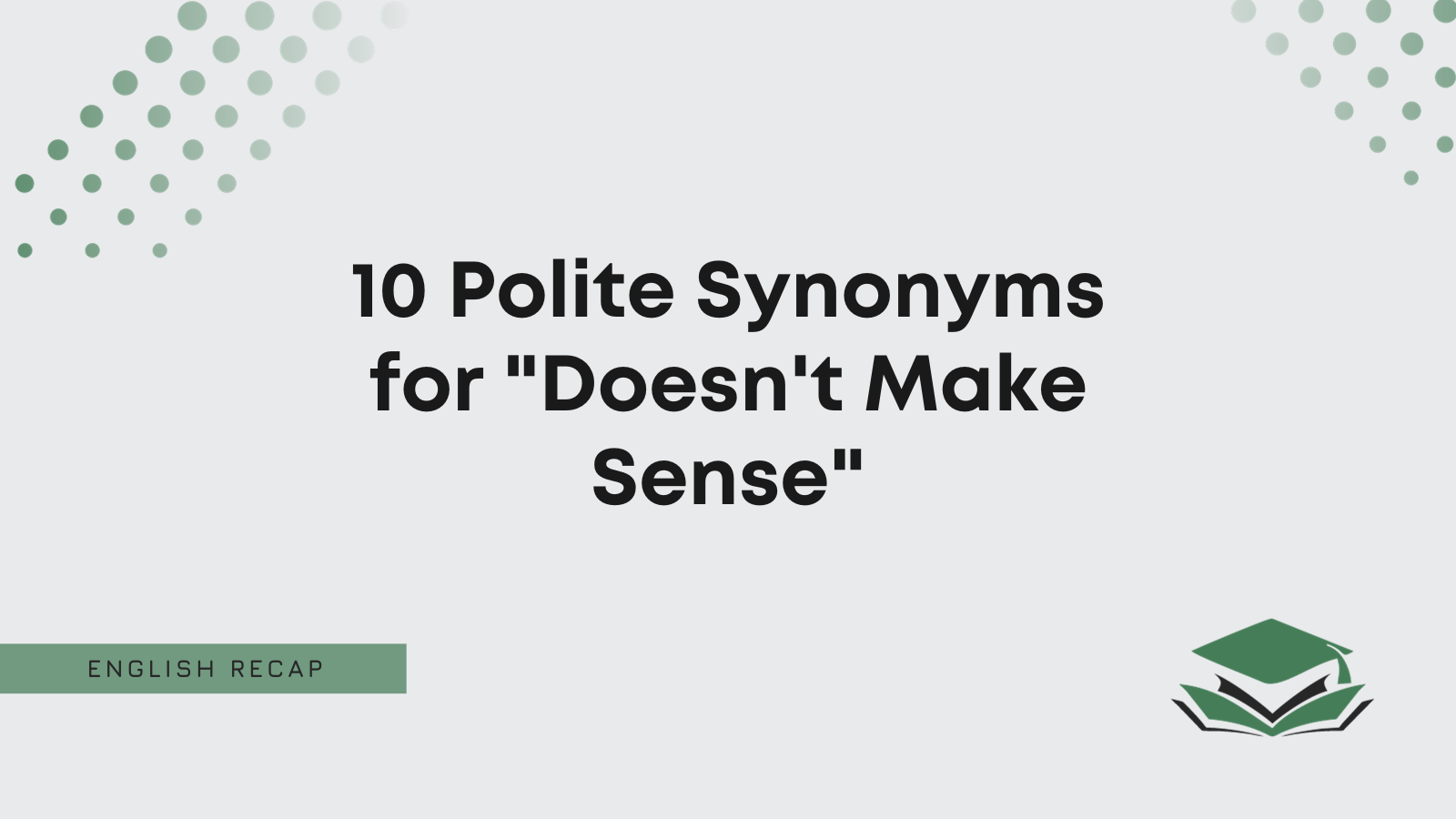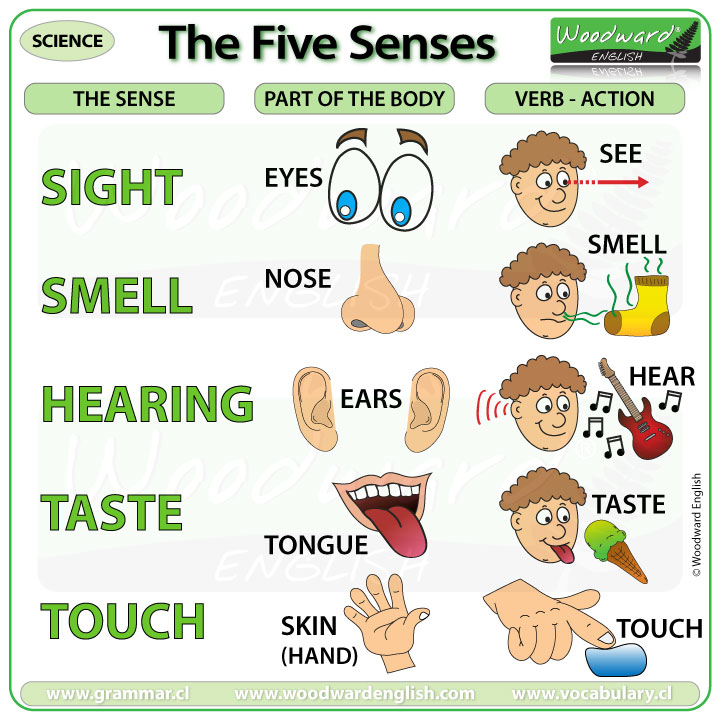Who is most susceptible to COVID-19?

COVID-19, caused by the SARS-CoV-2 virus, can affect individuals of all ages and backgrounds, but some demographics are more vulnerable to severe infections and complications. Understanding these risk factors is crucial for targeted public health interventions and ensuring equitable access to healthcare.
Risk Factors for Severe COVID-19
The risk of developing severe COVID-19 varies significantly based on a combination of factors, including age, underlying health conditions, and socioeconomic status.
Age
- Older adults (65 years and older) are at a higher risk of severe COVID-19 illness and death. This is due to a weakened immune system and age-related decline in lung function.
- Children, especially infants, generally experience milder symptoms compared to adults. However, some children, particularly those with underlying health conditions, may develop severe complications.
Underlying Health Conditions
- Individuals with chronic respiratory diseases, such as asthma, chronic obstructive pulmonary disease (COPD), and cystic fibrosis, are at increased risk of severe COVID-19.
- Those with cardiovascular diseases, including heart failure, coronary artery disease, and hypertension, are also more susceptible to severe illness.
- Diabetes, chronic kidney disease, liver disease, and immunodeficiency are other conditions that can increase the risk of severe COVID-19.
- Obesity is a significant risk factor, as it can impair lung function and increase inflammation, making individuals more vulnerable to severe COVID-19.
Socioeconomic Factors
- Individuals with lower socioeconomic status may have limited access to healthcare, healthy food, and safe housing, making them more vulnerable to COVID-19 infection and complications.
- Racial and ethnic minorities have been disproportionately affected by COVID-19, often experiencing higher rates of infection, hospitalization, and death. This disparity is linked to underlying social determinants of health, such as poverty, lack of access to healthcare, and exposure to environmental hazards.
Impact on Pregnant Women, Infants, and Children
- Pregnant women are at a higher risk of severe COVID-19, including respiratory complications and premature birth. It is important for pregnant women to receive timely vaccination and follow public health guidelines to protect themselves and their unborn children.
- Infants are particularly vulnerable to severe COVID-19, as their immune systems are still developing. They may experience respiratory distress, fever, and other symptoms. Breastfeeding is recommended as it provides antibodies that can help protect infants from COVID-19.
- Children generally experience milder symptoms compared to adults. However, some children, especially those with underlying health conditions, may develop severe complications. It is essential to monitor children for any signs of illness and seek medical attention if needed.
Who is responsible for the COVID-19 pandemic?

The question of responsibility for the COVID-19 pandemic is complex and multifaceted. While the virus itself is a natural phenomenon, human activities have played a significant role in its emergence, spread, and impact. Understanding the origins of the virus and the actions taken (or not taken) by various actors is crucial for preventing future pandemics.
The Origins of the Virus
The scientific consensus is that the virus causing COVID-19, SARS-CoV-2, is of zoonotic origin, meaning it originated in animals and jumped to humans. Research suggests that the virus likely originated in bats and may have passed through an intermediate animal host, such as a pangolin, before infecting humans.
Human Activity and the Emergence of the Virus
Human activities have contributed to the emergence of the virus in several ways:
- Habitat Destruction: Deforestation and other forms of habitat destruction can bring humans into closer contact with wildlife, increasing the risk of zoonotic disease transmission.
- Wildlife Trade: The illegal wildlife trade, particularly in live animals, creates opportunities for viruses to jump from animals to humans.
- Intensified Agriculture: Factory farming practices can create conditions that favor the spread of viruses, both among animals and from animals to humans.
- Climate Change: Climate change can alter ecosystems, potentially increasing the range and prevalence of disease vectors, such as mosquitoes, and creating new opportunities for zoonotic disease emergence.
Government Responsibilities
Governments have a critical role to play in preventing and controlling pandemics:
- Surveillance and Early Detection: Establishing robust surveillance systems to detect emerging infectious diseases early is essential for rapid response.
- Public Health Infrastructure: Investing in public health infrastructure, including trained personnel, laboratories, and communication systems, is crucial for effective pandemic preparedness.
- Regulation and Enforcement: Implementing and enforcing regulations to prevent the spread of diseases, such as quarantine measures, travel restrictions, and hygiene standards, is essential.
- International Cooperation: Collaborating with other countries to share information, resources, and expertise is vital for global pandemic response.
Public Health Organizations’ Responsibilities
Public health organizations, such as the World Health Organization (WHO), play a critical role in coordinating global pandemic response:
- Information Dissemination: Providing accurate and timely information to the public and governments about disease outbreaks and prevention measures.
- Research and Development: Supporting research into new vaccines, treatments, and diagnostic tools.
- Technical Assistance: Providing technical assistance to countries in need to strengthen their public health systems and response capabilities.
- Global Coordination: Coordinating international efforts to prevent and control pandemics.
Individual Responsibilities
Individuals have a responsibility to protect themselves and others from the spread of infectious diseases:
- Vaccination: Getting vaccinated against preventable diseases, including COVID-19, is a crucial step in protecting oneself and others.
- Hygiene Practices: Maintaining good hygiene practices, such as frequent handwashing, covering coughs and sneezes, and avoiding close contact with sick individuals, is essential.
- Social Distancing: Maintaining physical distance from others, especially during periods of high transmission, can help prevent the spread of disease.
- Mask Wearing: Wearing face masks in public settings, particularly in crowded or indoor environments, can help reduce the risk of transmission.
Misinformation and Conspiracy Theories
Misinformation and conspiracy theories have had a significant impact on the COVID-19 pandemic response:
- Sowing Doubt: Spreading misinformation about the virus, its origins, and prevention measures can undermine public trust in health authorities and lead to vaccine hesitancy.
- Delaying Response: Conspiracy theories can delay the implementation of effective public health measures, such as vaccination, masking, and social distancing.
- Promoting Dangerous Behaviors: Some conspiracy theories promote dangerous behaviors, such as the use of unproven treatments or the avoidance of medical care.
Who are the heroes of the COVID-19 pandemic?: Who Covid 19

The COVID-19 pandemic has brought forth countless acts of bravery, compassion, and resilience. It has highlighted the essential role of healthcare workers, scientists, researchers, and other essential personnel, alongside the contributions of community leaders, volunteers, and ordinary citizens.
Healthcare Workers: The Frontline Warriors
Healthcare workers, including doctors, nurses, paramedics, and other medical professionals, have been on the frontlines of the pandemic since its beginning. They have worked tirelessly to care for patients, often risking their own health and well-being.
- They have treated patients with COVID-19, providing essential medical care and support.
- They have worked long hours, often under stressful and challenging conditions.
- They have adapted to new protocols and procedures, including the use of personal protective equipment (PPE).
- They have provided comfort and support to patients and their families, often in the face of difficult circumstances.
Scientists and Researchers: The Architects of Solutions
Scientists and researchers have played a crucial role in understanding the virus, developing diagnostic tests, and creating vaccines. Their work has been essential in informing public health policies and guiding pandemic response efforts.
- They have conducted research to understand the virus’s transmission, symptoms, and potential treatments.
- They have developed diagnostic tests to identify infected individuals and track the spread of the virus.
- They have worked tirelessly to develop vaccines and antiviral treatments to prevent and treat COVID-19.
- They have shared their findings and expertise with the public and policymakers, helping to inform decision-making.
Essential Personnel: The Backbone of Society
Essential workers, including grocery store employees, delivery drivers, sanitation workers, and public transportation workers, have kept society functioning during the pandemic. They have continued to provide essential services, ensuring that people have access to food, supplies, and transportation.
- They have worked tirelessly to keep grocery stores stocked and deliver food to homes.
- They have collected and disposed of waste, maintaining public health and sanitation.
- They have provided transportation services, allowing people to access essential services and work.
- They have often worked under challenging conditions, with increased risks of exposure to the virus.
Community Leaders, Volunteers, and Ordinary Citizens: The Pillars of Support, Who covid 19
Community leaders, volunteers, and ordinary citizens have played a vital role in supporting pandemic response efforts. They have organized food banks, delivered meals to vulnerable populations, and provided emotional support to those in need.
- They have organized and participated in community outreach programs, providing essential services to those affected by the pandemic.
- They have donated food, supplies, and financial resources to support pandemic relief efforts.
- They have volunteered their time and skills to help those in need, providing emotional support and practical assistance.
- They have followed public health guidelines, helping to slow the spread of the virus and protect vulnerable populations.
Who covid 19 – COVID-19, a virus that has had a profound impact on the world, has also presented unique challenges for leaders like Minnesota’s Tim Walz. He has faced the difficult task of balancing public health concerns with economic realities, demonstrating the complexities of navigating a pandemic.
While the origins of COVID-19 are still under investigation, its effects continue to be felt globally, emphasizing the need for continued vigilance and collaborative efforts to mitigate its impact.
COVID-19, a virus that has had a profound impact on the world, has also affected the lives of many athletes, including Alex Highsmith. Highsmith, a standout linebacker for the Pittsburgh Steelers, has risen to prominence in the NFL despite the challenges posed by the pandemic.
His dedication and perseverance are an inspiration to many, demonstrating that even in the face of adversity, one can still achieve great things. While COVID-19 continues to be a concern, stories like Highsmith’s offer hope and resilience in these uncertain times.
